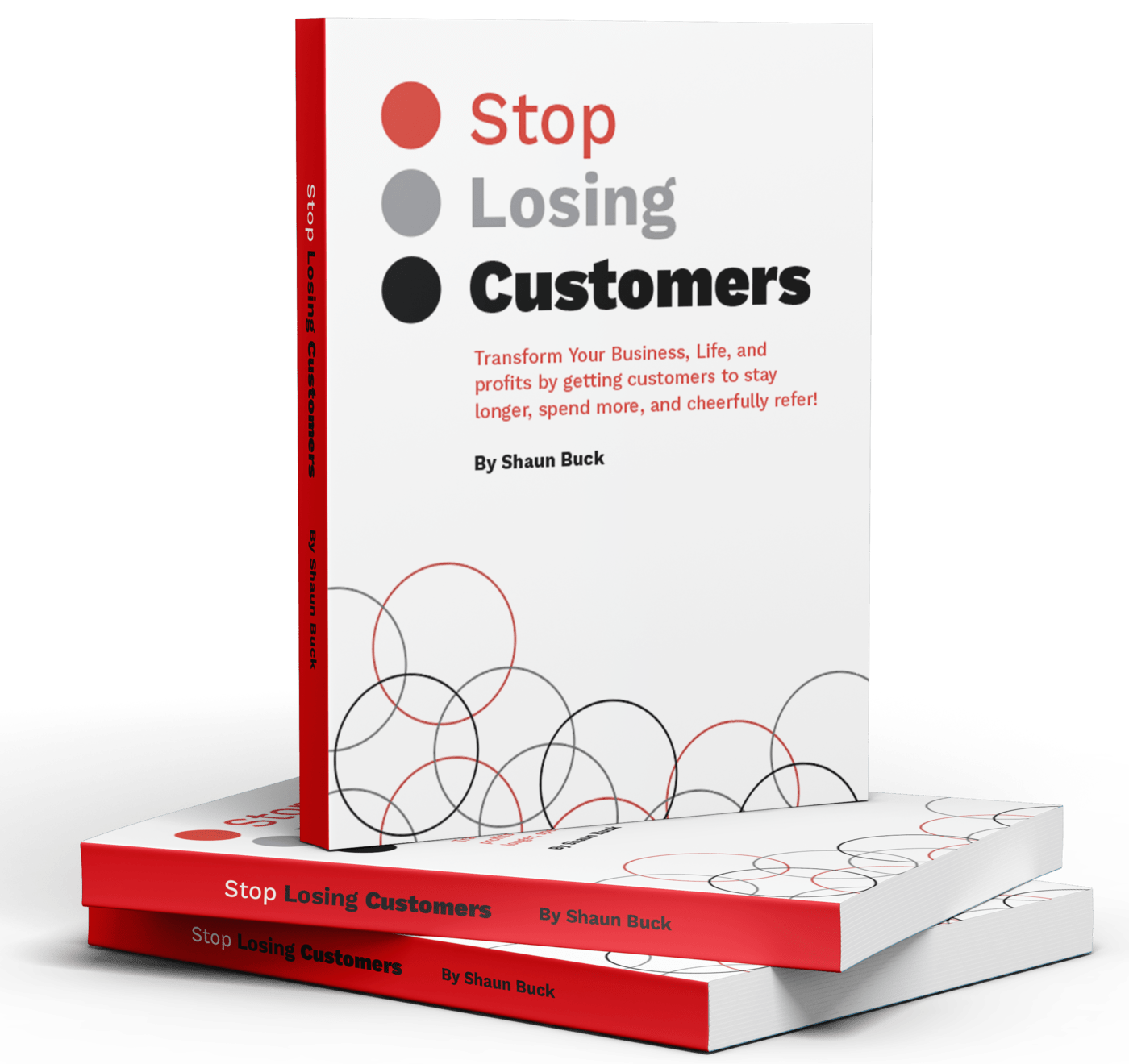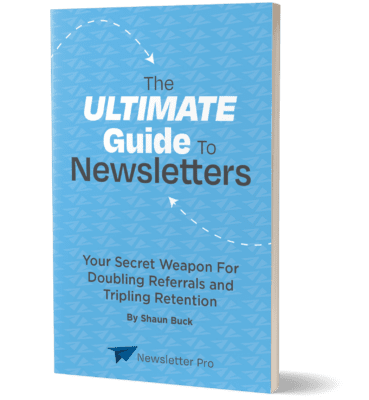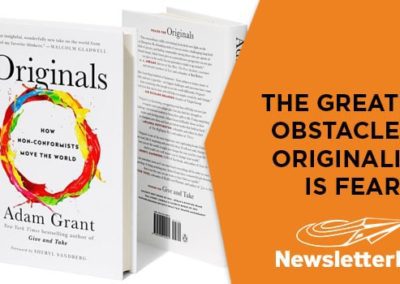In today’s digital landscape, where audiences are inundated with information, capturing and maintaining their attention is a formidable challenge. One of the most effective ways to connect with readers and ensure they remain engaged is through the art of storytelling in newsletters. By seamlessly weaving stories into your newsletter content, you can craft a more compelling and memorable experience for your audience. Let’s delve deeper into why storytelling is indispensable for engaging newsletters and explore how you can incorporate it into your communication strategy.
The Power of Storytelling in Newsletters
Storytelling is an ancient art form that has transcended generations, used for centuries to convey messages, impart knowledge, and entertain. In the realm of newsletters, storytelling has the transformative ability to turn dry, factual information into content that is engaging, relatable, and impactful.
Creating Emotional Connections
Humans are inherently drawn to stories due to their power to evoke emotions. This emotional pull is what makes storytelling so effective in content marketing. When readers experience an emotional connection to your content, they are more likely to remember it and take action. By integrating personal anecdotes, case studies, or customer testimonials into your newsletters, you establish an emotional bond with your audience, fostering loyalty and encouraging them to engage more deeply with your brand.
Moreover, emotional storytelling helps humanize your brand, making it more relatable and approachable. When your audience sees the human side of your business, they are more inclined to trust and support you. This connection can turn casual readers into dedicated followers who eagerly anticipate your next newsletter.
Making Complex Information Accessible
Complex or technical information can often overwhelm readers, leading to disengagement. Storytelling serves as an effective tool to simplify intricate details by transforming them into digestible and relatable narratives. This approach not only makes the content more accessible but also enhances comprehension and retention, as readers can more easily relate the information to their own experiences.
Furthermore, stories allow you to present information in a context that is meaningful to your audience. By framing complex data within a narrative, you help readers see the relevance and application of the information, making it more likely that they will absorb and remember it. This technique not only enhances reader understanding but also positions your brand as a knowledgeable and trustworthy source.
Building Trust and Credibility
Sharing stories about real experiences, challenges, and successes is instrumental in building trust and credibility with your audience. Readers are more inclined to trust a brand or organization that shares authentic stories rather than merely promoting their products or services. Authentic storytelling demonstrates transparency and honesty, key components in fostering a trustworthy relationship with your audience.
Moreover, when you share stories of challenges and how they were overcome, you showcase your brand’s resilience and problem-solving abilities. This not only builds credibility but also positions your brand as a leader in your industry. By consistently sharing genuine stories, you establish a reputation for reliability and integrity, encouraging your audience to choose your brand over competitors.

Key Storytelling Techniques for Newsletters
Understanding the significance of storytelling in newsletters is just the beginning. To truly engage your audience, you need to employ specific techniques that ensure your narratives are compelling and resonate with your readers.
Know Your Audience
Before crafting your story, it’s vital to have a deep understanding of your audience. Knowing their interests, preferences, and pain points allows you to tailor your stories to resonate with them effectively. Use this information to create detailed personas that guide your storytelling approach, ensuring your content aligns with what your audience cares about.
Furthermore, understanding your audience helps you identify the types of stories that will most likely engage them. Whether they are motivated by inspirational success stories, educational content, or entertaining anecdotes, knowing your audience enables you to provide content that meets their needs and expectations.
Start with a Hook
The opening of your newsletter is crucial as it sets the tone and determines whether readers will continue to engage with your content. Start with a hook—a surprising fact, a thought-provoking question, or a compelling anecdote—that captures the reader’s attention and entices them to read further. A strong hook draws readers in, piquing their curiosity and encouraging them to invest time in your story.
Additionally, a well-crafted hook can differentiate your newsletter from others in a crowded inbox. By immediately engaging your audience, you increase the likelihood that they will read your entire newsletter and engage with your call to action.
Use a Clear Structure
A well-structured story helps readers follow along easily, ensuring your message is delivered effectively. Use the classic storytelling arc, which includes a beginning, middle, and end. Introduce the main character or problem, build tension or conflict, and then resolve it in a satisfying way. A clear structure not only aids comprehension but also enhances the overall reading experience, making your newsletter more enjoyable and memorable.
Moreover, a clear structure allows you to guide your readers through your narrative, ensuring they focus on the key messages you want to convey. By presenting information in a logical and engaging manner, you increase the likelihood that your audience will retain and act on the content.
Incorporate Visuals
Visual elements such as images, infographics, or videos can greatly enhance your storytelling by providing visual context and breaking up blocks of text. Choose visuals that complement and reinforce your narrative, making the content more engaging and easier to understand. Visuals not only capture attention but also aid in the retention of information, as they provide a visual representation of the concepts you’re discussing.
Additionally, visuals can convey complex information more effectively than text alone, making them an invaluable tool in your storytelling arsenal. By integrating visuals into your newsletters, you create a richer, more immersive experience that keeps readers engaged from start to finish.
Keep it Authentic
Authenticity is the cornerstone of successful storytelling. Share genuine stories that reflect your brand’s values and mission, avoiding exaggeration or embellishment. Readers are quick to detect insincerity, and authenticity fosters trust and credibility. By being honest and transparent in your storytelling, you build a stronger connection with your audience, encouraging them to engage with your content and support your brand.
Moreover, authentic storytelling allows you to showcase your brand’s unique personality and voice, differentiating you from competitors. By consistently sharing stories that align with your brand identity, you create a cohesive and authentic narrative that resonates with your audience.
Examples of Effective Storytelling in Newsletters
To illustrate the power of storytelling in newsletters, let’s examine a few examples of brands that have successfully employed this technique to engage their audiences.
Charity: Water
Charity: Water uses storytelling to highlight the impact of their work, making their cause relatable and inspiring. Their newsletters often feature stories about individuals and communities who have benefited from clean water projects. By focusing on personal stories, they create an emotional connection with their readers, inspiring them to support the cause and become part of the solution.
Additionally, by sharing the personal journeys of those affected by their work, Charity: Water humanizes the issue, making it more tangible and urgent. This approach not only raises awareness but also encourages readers to take action, whether through donations or advocacy.
Airbnb
Airbnb’s newsletters regularly include stories from hosts and guests, showcasing unique experiences and destinations. These narratives highlight the diversity of offerings on the platform, providing readers with inspiration for their own travels. By building a sense of community among users, Airbnb fosters loyalty and encourages repeat engagement.
Moreover, by sharing authentic stories from real users, Airbnb demonstrates the value and authenticity of their platform. These stories serve as testimonials, reinforcing the brand’s credibility and encouraging potential users to explore the platform for themselves.
Patagonia
Outdoor clothing brand Patagonia incorporates storytelling to emphasize their commitment to environmental sustainability. Their newsletters feature stories about conservation efforts and eco-friendly practices, aligning their brand with readers who share similar values. By consistently sharing stories that highlight their environmental initiatives, Patagonia strengthens their brand identity and fosters a community of like-minded individuals.
Furthermore, Patagonia’s storytelling approach positions them as a leader in sustainability, reinforcing their brand’s credibility and authority in the industry. By aligning their storytelling with their brand values, Patagonia attracts and retains customers who prioritize environmental responsibility.

Crafting Your Own Storytelling Strategy
To create engaging newsletters using storytelling, follow these steps to develop a strategy that resonates with your audience and aligns with your brand goals.
Define Your Goals
Identify what you want to achieve with your newsletter, whether it’s increasing brand awareness, driving sales, or building a community. Your goals will guide your storytelling approach, ensuring that your content aligns with your overall objectives. Clearly defined goals provide direction and focus, allowing you to craft stories that support your business objectives.
Additionally, setting specific goals allows you to measure the success of your newsletters, providing valuable insights into what works and what doesn’t. By aligning your storytelling with your goals, you ensure that your newsletters contribute to your broader marketing strategy.
Gather Stories
Collect stories from various sources, such as customer testimonials, employee experiences, or industry case studies. Keep an ongoing list of potential story ideas that align with your goals and audience interests. By regularly gathering stories, you ensure that you have a rich repository of content to draw from, allowing you to consistently produce engaging newsletters.
Furthermore, gathering stories from diverse sources allows you to present a variety of perspectives, enriching your storytelling and appealing to a broader audience. By showcasing different voices and experiences, you create a more inclusive and relatable narrative.
Plan Your Content
Outline your newsletter content with a focus on storytelling. Decide which stories to feature and how they will be structured, ensuring they align with your brand message and overall objectives. Thoughtful planning ensures that your newsletters are cohesive and engaging, providing a seamless experience for your readers.
Moreover, planning your content allows you to strategically align your storytelling with your marketing calendar, ensuring that your newsletters support your broader campaigns and initiatives. By coordinating your storytelling efforts, you create a unified and impactful communication strategy.
Measure and Refine
Track the performance of your newsletters by analyzing metrics such as open rates, click-through rates, and engagement levels. Use this data to refine your storytelling approach and continuously improve your content. Regular analysis provides valuable insights into what resonates with your audience, allowing you to make data-driven decisions that enhance your storytelling effectiveness.
Additionally, by consistently measuring your performance, you can identify trends and patterns that inform your future storytelling efforts. By embracing a culture of continuous improvement, you ensure that your newsletters remain relevant and engaging, fostering long-term audience loyalty.
Conclusion
Storytelling is a powerful tool for creating engaging newsletters that resonate with your audience. By crafting narratives that evoke emotions, simplify complex information, and build trust, you can create memorable content that keeps readers coming back for more. Embrace the art of storytelling in your newsletters and watch your audience engagement grow as you forge deeper connections with your readers and strengthen your brand’s impact.
Contact Newsletter Pro for Quality Newsletters
Ready to elevate your newsletter game with compelling storytelling? Contact Newsletter Pro today! Our team of experts is dedicated to crafting high-quality newsletters that resonate with your audience and drive engagement. Whether you’re looking to increase brand awareness, foster community, or share impactful stories, we have the tools and experience to help you succeed. Don’t miss out on the opportunity to connect with your readers—reach out to us now and start your journey towards creating unforgettable newsletters!






